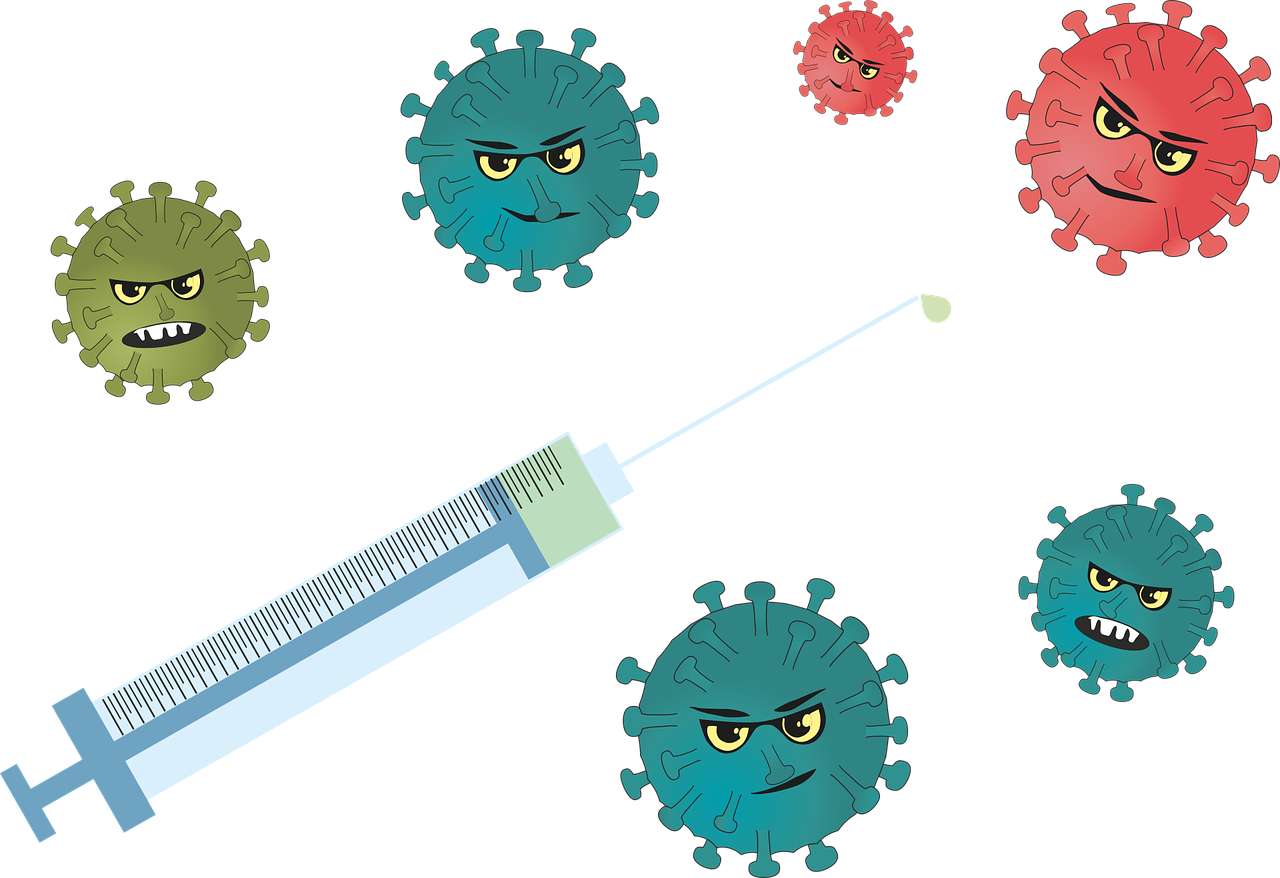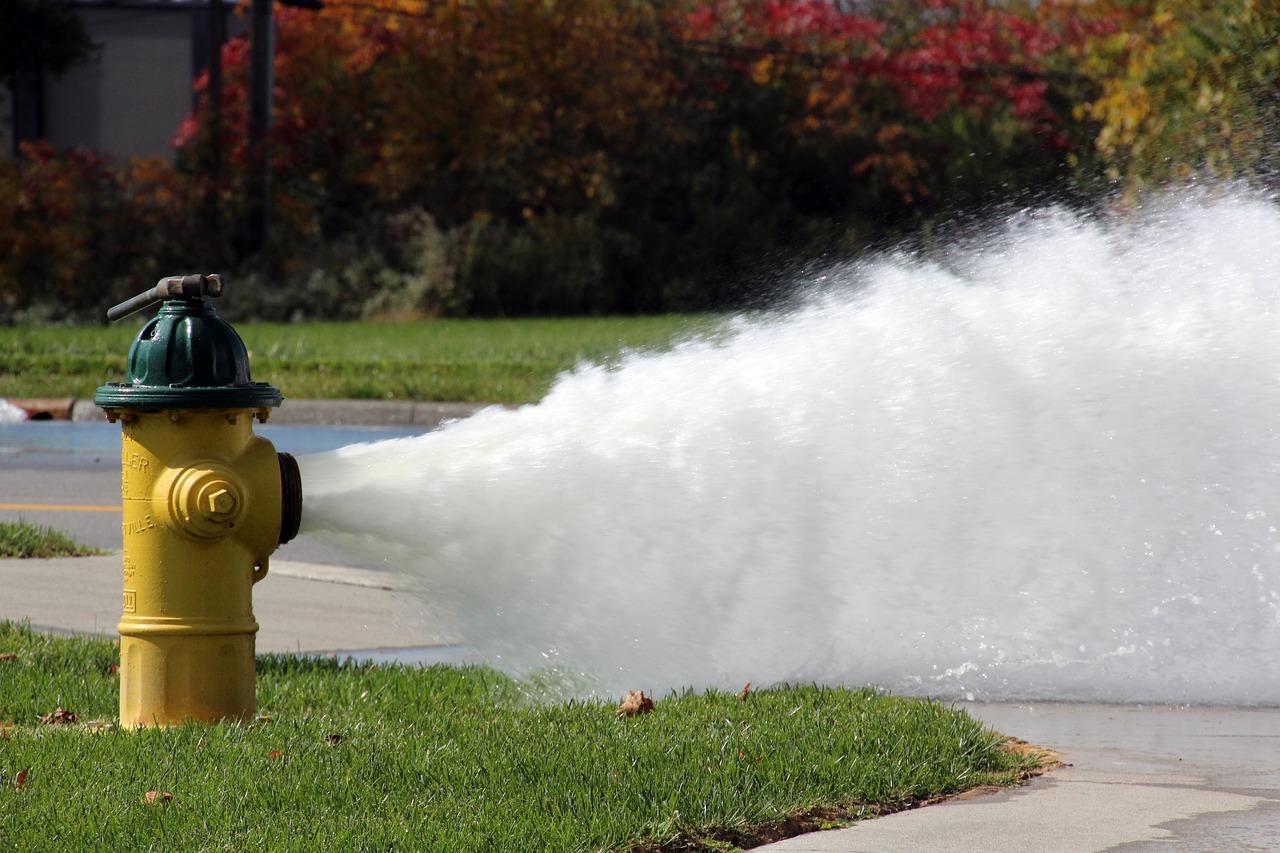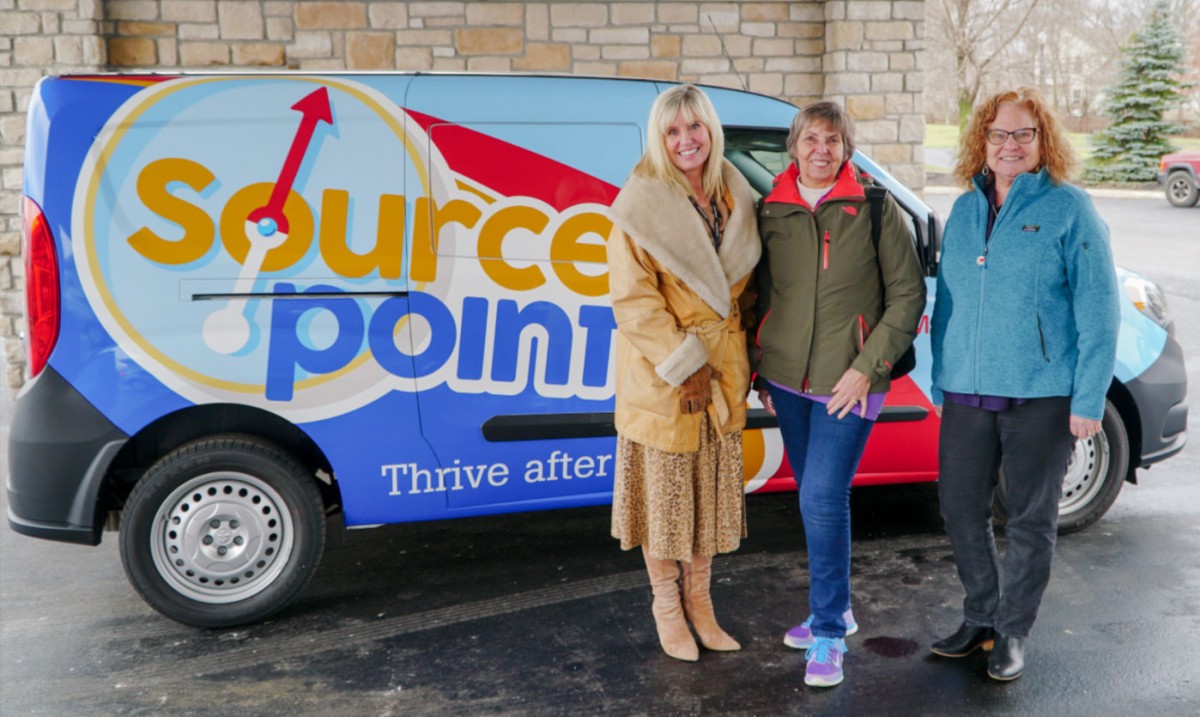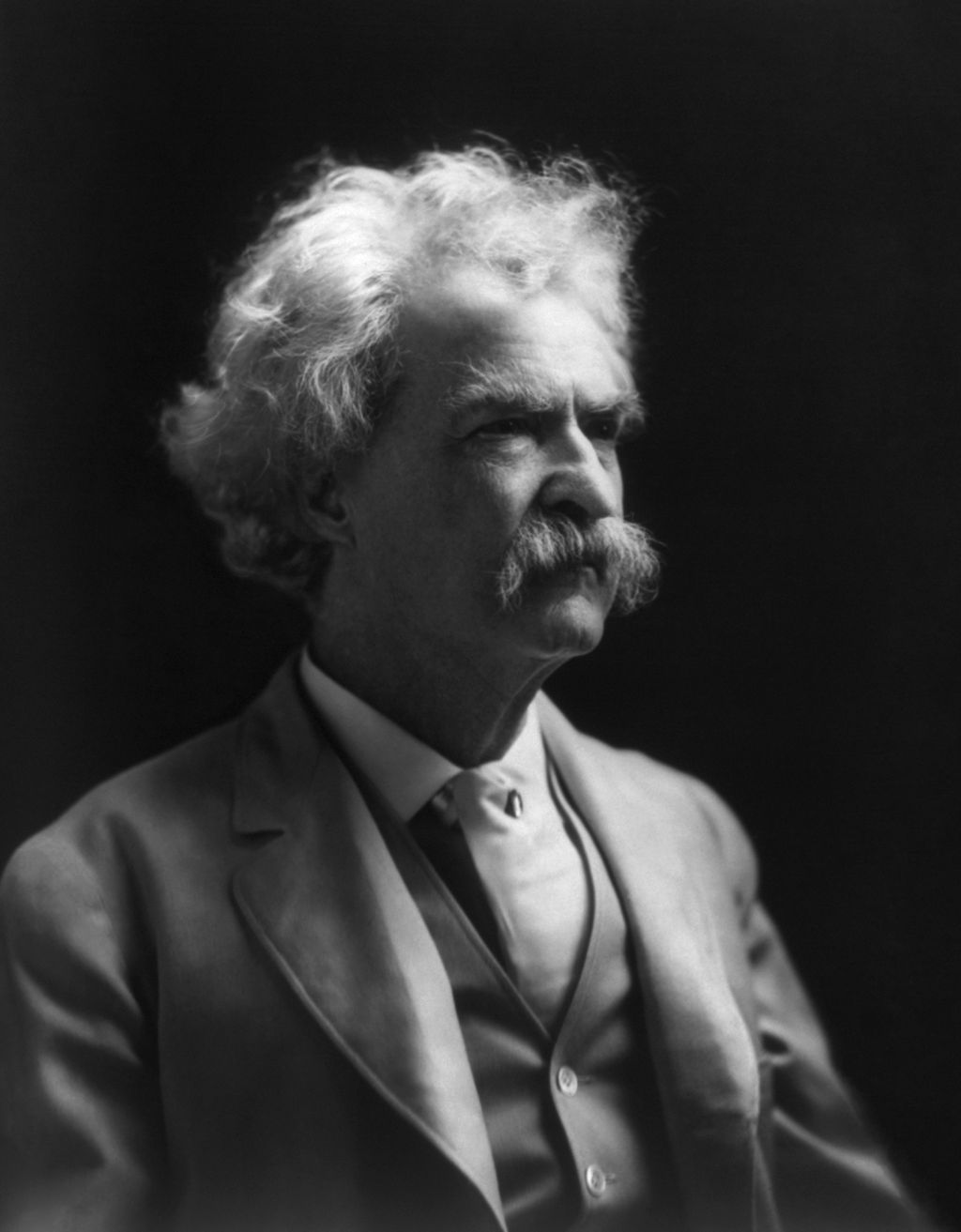By 1808Delaware
Ohio’s public health leaders are sounding the alarm after confirming a case of measles in nearby Knox County. The individual, identified as a visitor to the county, may have exposed others in Knox and the surrounding area. This development follows a growing outbreak in Ashtabula County, where 10 measles cases have now been confirmed, nine of which are linked to a single adult male who was Ohio’s first measles case of 2025.
None of the affected individuals had been vaccinated.
“Disappointed but Not Surprised,” Says ODH Director
Dr. Bruce Vanderhoff, Director of the Ohio Department of Health (ODH), announced the new cases in a press release and emphasized the urgency of the situation.
“Given the measles activity in Texas, New Mexico, and other states around the country, we’re disappointed but not surprised we now have several cases here in Ohio,” said Vanderhoff. “This disease can be very serious, even deadly, but it is almost entirely avoidable by being properly vaccinated.”
The ODH is coordinating closely with the local health departments in Ashtabula and Knox counties to investigate exposures and encourage vaccination efforts.
A Dangerous Disease on the Rise Again
As of March 20, the Centers for Disease Control and Prevention (CDC) reported 378 measles cases nationwide. Ohio had a major outbreak in 2022 that resulted in 85 cases in central Ohio. After only one case in 2023 and seven in 2024, the new surge is raising concerns across the state.
Measles is one of the most contagious viruses known to medicine. According to the CDC, one infected person can lead to 12 to 18 new infections in unvaccinated populations. The virus can live in the air for up to two hours after a cough or sneeze, and symptoms—such as high fever, rash, cough, and red eyes—can result in serious complications.
Unvaccinated at Highest Risk—Children Most Vulnerable
Children under age 5, adults over 20, pregnant individuals, and those with weakened immune systems are especially vulnerable. One in 20 children with measles develops pneumonia, which is the leading cause of measles-related death in young children.
Dr. Vanderhoff issued a direct plea to Ohio parents:
“Measles is especially dangerous for young children, so I strongly urge all parents across Ohio to make sure your children are vaccinated. It is a crucial layer of protection that can save lives.”
The MMR Vaccine: Safe, Effective, and Readily Available
The measles vaccine—administered as part of the MMR (measles, mumps, rubella) series—is 97% effective after two doses. The CDC recommends the first dose at 12 to 15 months of age and a second between 4 and 6 years old.
Adults who were vaccinated as children typically do not need a booster, but those unsure of their status or who never received the vaccine should consult their healthcare provider.
Individuals born before 1957 are generally considered immune due to widespread exposure prior to the vaccine era.
Local Health Departments and Resources
ODH encourages residents to stay informed and proactive. Information about vaccination and potential exposure risks can be found at:
A Critical Moment for Public Health
As the outbreak evolves, state and local health authorities remain on high alert. With spring travel and gatherings on the horizon, the risk of further spread is real—but preventable.
“Measles doesn’t have to be a threat,” Dr. Vanderhoff reminded Ohioans. “We have the tools. We just need to use them.”
Source: State of Ohio; Image by Sabine Kroschel from Pixabay










